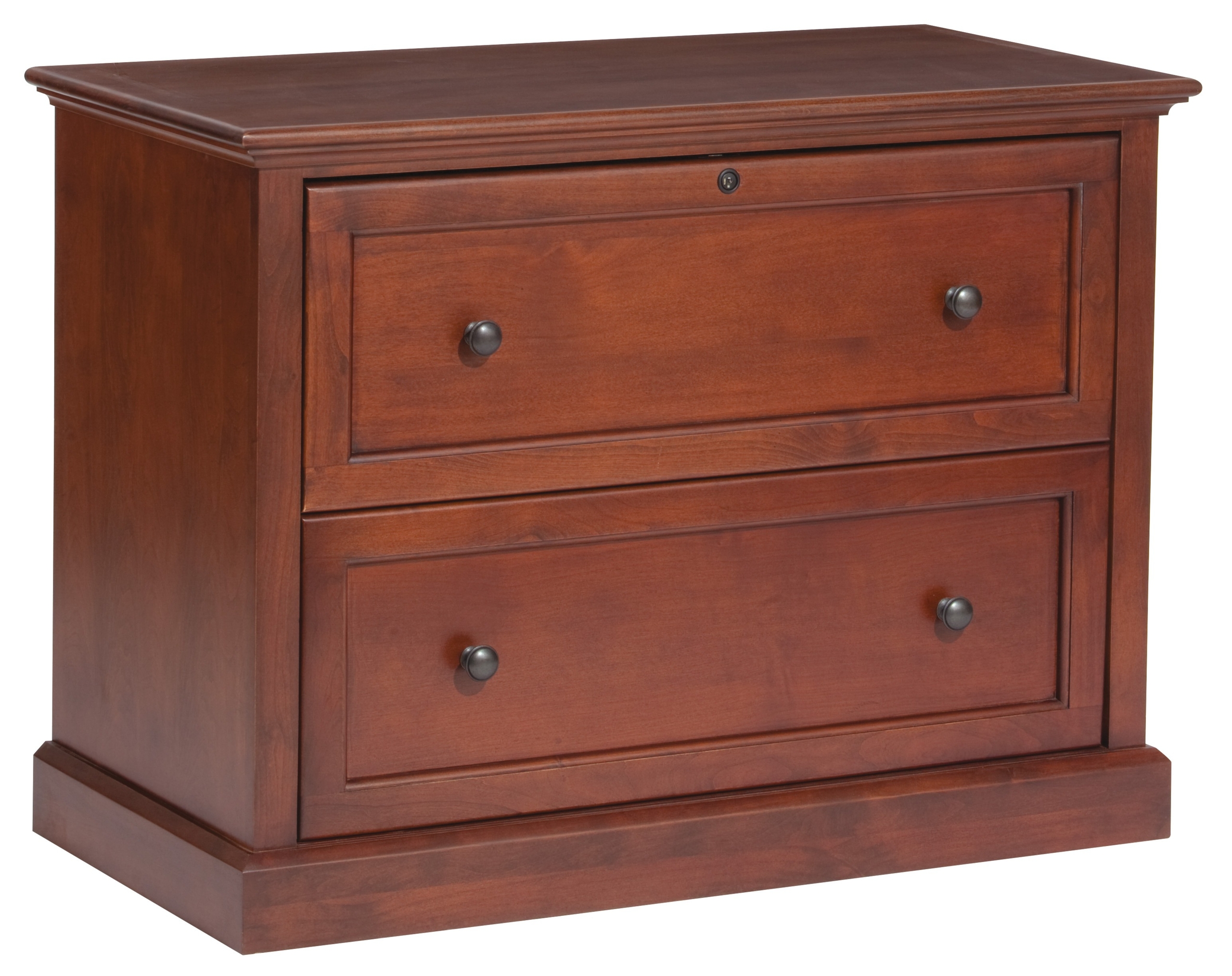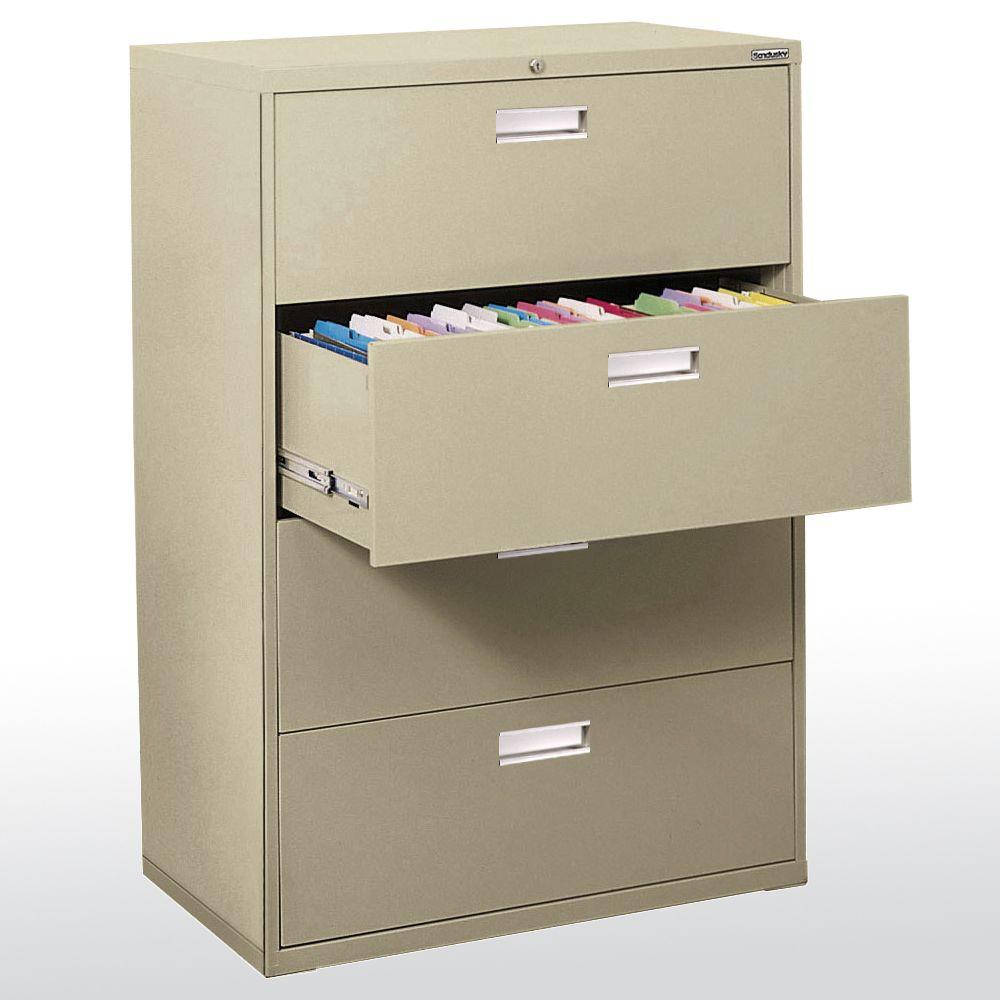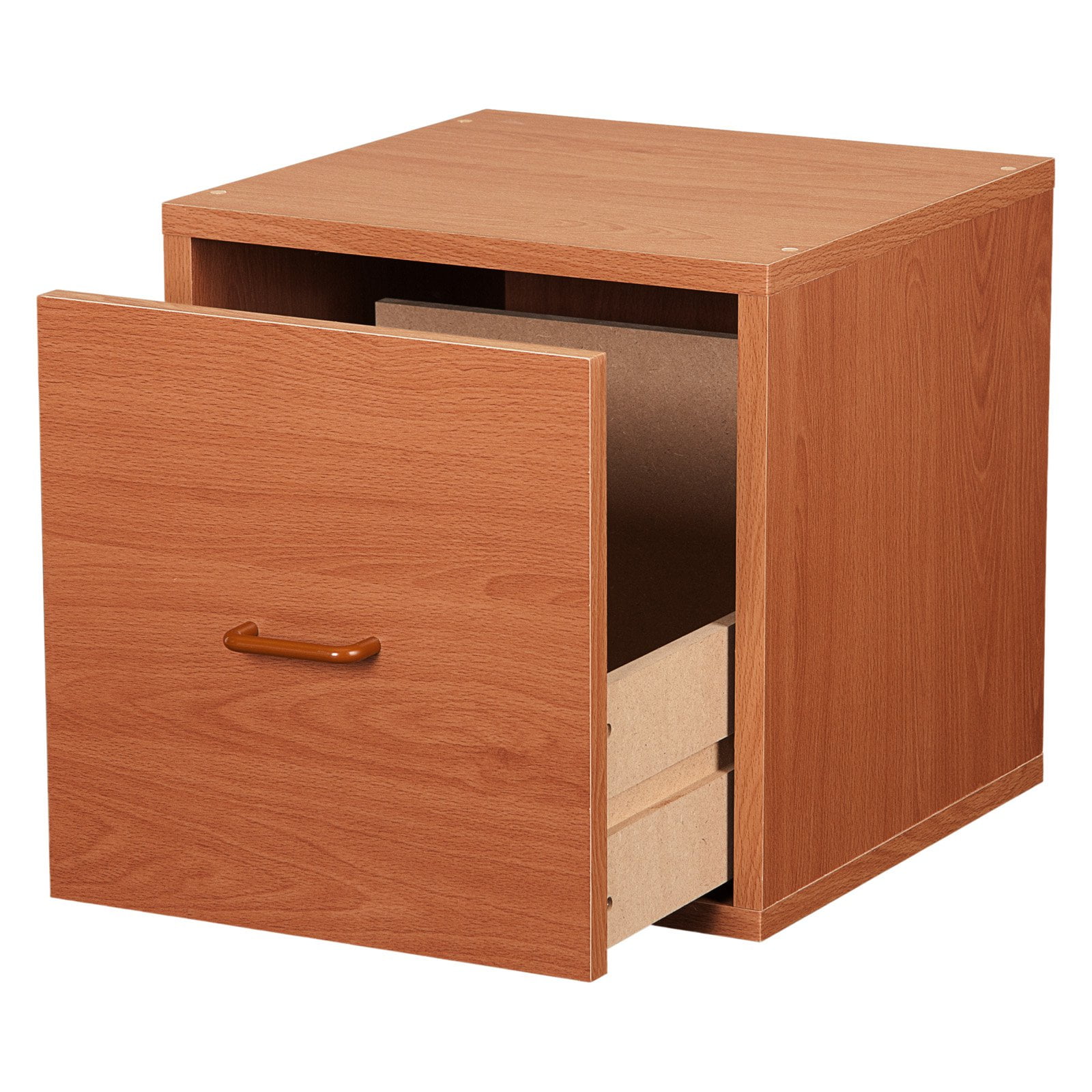Two-Tier Filing Cabinet Features and Benefits

A two-tier filing cabinet is a versatile and practical storage solution designed to maximize space efficiency and organize your documents effectively. It offers a compact and organized way to store your important papers, files, and other office essentials.
Two-Tier Filing Cabinet Features
The design of a two-tier filing cabinet is characterized by its vertical structure, which divides the storage space into two distinct tiers. These tiers can be configured with drawers, shelves, or a combination of both, providing flexibility in how you store your items.
- Drawers: Two-tier filing cabinets often feature drawers, which are ideal for storing documents, folders, and other items that need to be kept protected and organized. The drawers typically have a smooth gliding mechanism for easy access and retrieval of your files.
- Shelves: Some two-tier filing cabinets offer shelves, providing open storage space for larger items, such as binders, boxes, or reference books. The shelves are often adjustable, allowing you to customize the height and configuration to suit your storage needs.
- Combination of Drawers and Shelves: Many two-tier filing cabinets combine drawers and shelves, offering the best of both worlds. This allows you to organize different types of documents and items effectively, maximizing the storage capacity of the cabinet.
- Locking Mechanism: For added security, many two-tier filing cabinets are equipped with a locking mechanism to prevent unauthorized access to your important documents. This is particularly useful for sensitive or confidential information.
- Material: Two-tier filing cabinets are typically made from durable materials such as steel, wood, or a combination of both. These materials provide strength, stability, and longevity, ensuring the cabinet can withstand the demands of regular use.
- Size and Dimensions: Two-tier filing cabinets come in a variety of sizes and dimensions, allowing you to choose the right fit for your office space and storage needs. The size and dimensions of the cabinet will determine the amount of storage space available.
Choosing the Right Two-Tier Filing Cabinet

Choosing the right two-tier filing cabinet can be a delightful experience! It’s like finding the perfect container for your precious memories and important documents. But, just like choosing a new outfit, you need to consider a few things to make sure it’s the perfect fit for your needs.
Factors to Consider When Choosing a Two-Tier Filing Cabinet
Choosing the right two-tier filing cabinet is important because it ensures your documents are well-organized, easily accessible, and protected. Here are some factors to consider:
- Type of Documents to be Stored: The type of documents you plan to store will influence the size and features you need. For example, if you’re storing large blueprints or bulky folders, you’ll need a cabinet with a larger capacity. If you’re storing confidential documents, you might want a cabinet with a lock.
- Available Space: Measure the space where you plan to place the cabinet. Consider the height, width, and depth of the cabinet, as well as any clearance you need for opening drawers. Don’t forget to factor in the space needed for opening drawers, especially if the cabinet is placed against a wall.
- Desired Level of Security: If you need to keep your documents secure, consider a cabinet with a lock. Some cabinets also have features like fireproofing or water resistance, which can provide additional protection.
- Budget: Two-tier filing cabinets come in a wide range of prices. Set a budget before you start shopping so you can narrow down your options.
Tips for Measuring Space and Determining Optimal Size
- Measure the Space: Before you head out to shop for a two-tier filing cabinet, take accurate measurements of the space where you plan to place it. Measure the height, width, and depth of the area, leaving a few inches of clearance on all sides. This ensures you choose a cabinet that fits comfortably and allows for easy access to the drawers.
- Consider the Depth of the Drawers: The depth of the drawers is crucial, especially if you plan to store bulky folders or documents. Measure the depth of your largest files and choose a cabinet with drawers that can accommodate them comfortably.
- Think About the Height: The height of the cabinet should be comfortable for you to reach the top drawer. If you’re tall, you might prefer a taller cabinet. If you’re shorter, you might prefer a shorter cabinet with wheels for easy mobility.
Using a Two-Tier Filing Cabinet Effectively: Two Tier Filing Cabinet

A two-tier filing cabinet offers a practical and efficient way to organize your documents. By implementing a well-structured filing system, you can easily access and manage your paperwork, ensuring smooth workflow and productivity.
Organizing and Maintaining Documents, Two tier filing cabinet
Organizing and maintaining your documents within a two-tier filing cabinet involves a systematic approach to labeling, categorizing, and storing files.
- Labeling: Start by assigning clear and concise labels to each file folder. Use a consistent labeling system that reflects the content of the files. For instance, you could label folders by year, project name, client name, or subject matter.
- Categorizing: Categorize your files based on their content or purpose. This will make it easier to locate specific documents when needed. You can create main categories, such as “Financial,” “Legal,” “Marketing,” and then further sub-categorize within each main category.
- Storing Files: Place files in the appropriate folders and ensure that the folders are arranged alphabetically or chronologically within each drawer. This will help you quickly locate specific documents. Consider using hanging folders for better organization and to prevent papers from falling out.
- Regular Maintenance: Regularly review your filing system and discard outdated or unnecessary documents. This will prevent clutter and ensure that your filing cabinet remains efficient. You can also periodically reorganize your files as needed to reflect changes in your business or personal needs.
Maximizing Storage Space
To make the most of your two-tier filing cabinet, consider utilizing various storage solutions.
- Hanging Folders: Hanging folders are essential for organizing files within your filing cabinet. They keep files upright and easily accessible, while also preventing them from becoming bent or damaged.
- Dividers: Dividers are useful for creating sections within each drawer. They help to organize files by category or subject matter. Consider using dividers with tabs that allow for easy identification of each section.
- Vertical File Organizers: Vertical file organizers can be placed on top of the filing cabinet to store additional documents. They are especially useful for storing documents that are frequently accessed, such as current projects or active client files.
- Utilizing Drawer Space: Maximize drawer space by utilizing vertical space. Consider stacking folders or using shelf organizers to create additional storage compartments within each drawer. This will help you maximize the storage capacity of your filing cabinet.
Creating an Efficient Filing System
An efficient filing system should be easy to navigate and allow you to quickly find the documents you need.
- Simple and Consistent: Keep your filing system simple and consistent. Use clear labels and a logical categorization system that is easy to understand and follow.
- Color Coding: Consider using color-coding to further organize your files. For example, you could assign a color to each department or project, making it easier to identify files at a glance.
- Digital Filing: Integrate digital filing with your physical system. Scan important documents and store them electronically. This will provide easy access and backup options.
- Regular Review: Regularly review your filing system and make adjustments as needed. This will ensure that it remains efficient and meets your current needs.
Two tier filing cabinet – A two-tier filing cabinet, with its tiered design, provides ample storage space for documents, but its footprint can be a consideration. When planning a kitchen renovation, you might need to decide on the right sink size for a 33-inch cabinet.
This is a similar challenge, as you want to maximize functionality while ensuring the sink fits comfortably within the cabinet space. Just like a two-tier filing cabinet maximizes vertical space, a well-chosen sink can optimize your kitchen’s efficiency.
The two-tier filing cabinet, a staple in offices, is a testament to the efficiency of compartmentalization. This design principle extends beyond the realm of paperwork, finding a home in the bathroom with the pedestal under sink cabinet. Like the filing cabinet, it maximizes vertical space, offering a designated spot for toiletries, cleaning supplies, and other bathroom essentials.
This strategic organization not only keeps clutter at bay but also makes these items easily accessible, a practical advantage that mirrors the ease of accessing documents in a well-organized filing cabinet.